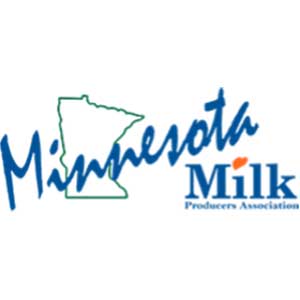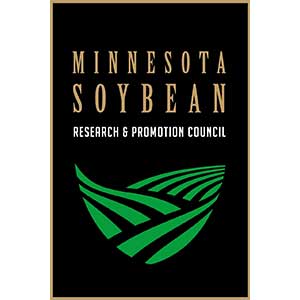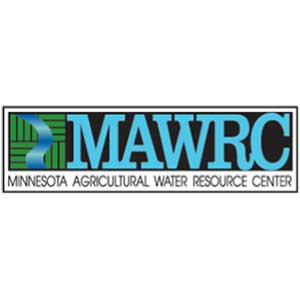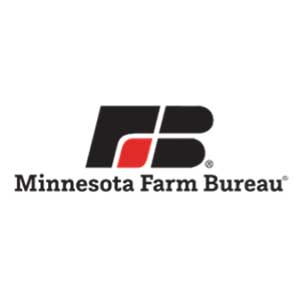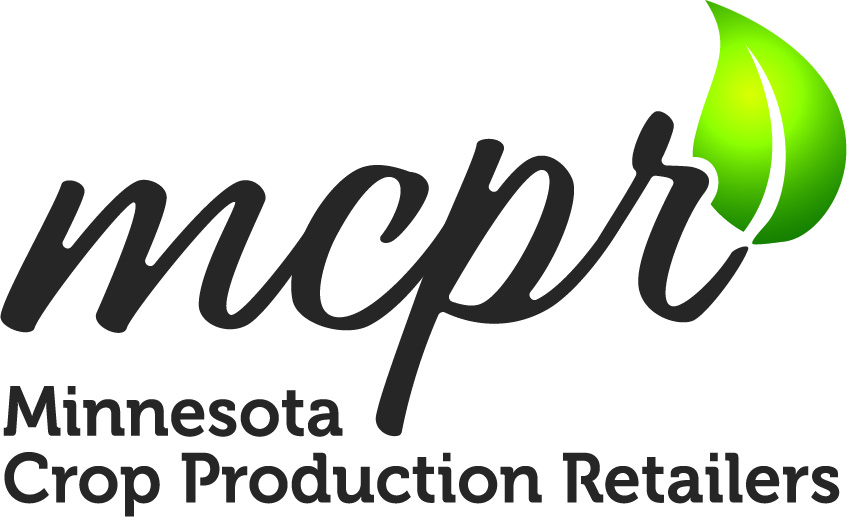MN Ag Retail Survey
The Minnesota Crop Production Retailers (MCPR) is partnering with the Minnesota 4R Nutrient Stewardship Council (MNSC) to gather statewide data from agricultural retailers on conservation and nutrient management practices to support Minnesota’s stewardship and conservation goals.
This summer, Minnesota will participate in its first Ag Retail Survey. Modeled after the work done in both Iowa and Illinois, the Minnesota Ag Retail Survey will survey randomly selected retailers and farm fields across the state. The data collected will generate actionable trendlines for Minnesota growers, support MCPR’s advocacy efforts, provide additional information for the Minnesota Nutrient Reduction Strategy, and can be compared with similar initiatives in Iowa and Illinois.
- The Minnesota Ag Retail Survey is funded and supported by several of Minnesota’s agricultural groups. By including multiple groups, this ensures consistent messaging and engagement among retail locations and farmers.
- The Minnesota Ag Retail Survey will focus on nitrogen and phosphorus application rates, conservation practices, manure and soil testing utilization, and adoption factors for nutrient management.
- The survey’s design will provide the agriculture industry with the tools needed to track nutrient management practice adoption and quantify nutrient loss reduction achieved across the state for years to come.
- This approach allows Minnesota agriculture to showcase progress and fortify why a voluntary agricultural framework is vital.
How is the MN Ag Retail Survey performed?
The Minnesota Ag Retail Survey and associated sampling framework was designed by the Iowa State University Center for Survey Statistics and Methodology (ISU CSSM) to provide practice implementation information on randomly selected farm fields using ag retailer records. This approach matches similar retail surveys conducted among Iowa retailer locations and Illinois retailer locations. Regional liaisons appointed by MCPR will survey randomly selected ag retail locations, then acquire anonymous data related to agricultural practices from grower/customer records for the 2024 crop year. Data will be collected in the summer of 2025. Project coordination and contracting with ISU was done by the Iowa Nutrient Research & Education Council (INREC).
- Minnesota is divided into nine regions or crop reporting districts (CRD) to represent each region of the state. The number of ag retail locations within each CRD will determine how many field samples each liaison needs to collect.
- From a total population of 316 ag retail locations offering agronomy services across Minnesota, 90 will be randomly selected to participate in providing 12 randomly selected individual farm field records. Ultimately, the goal set by ISU CSSM is to collect data from at least 500 fields across the state, the number determined to be a representative sample.
- Regional liaisons will be utilized to meet in person with the ag retailers, conduct random selection protocols, and collect the survey information on an online survey form maintained on a private, secure server. Paper copies of the survey may be utilized as well.
- The average time spent at each ag retail location to carry out the random selection protocol and collect the information is approximately one hour.
- Ag retail locations and individual growers will be given the opportunity to opt out of the survey process and not have their data included if they choose.
- The protocol is designed to be efficient and ensure that no personal information related to the grower is recorded. The data will also be reported at the state aggregate level.
What could the data reveal?
The data collected from this survey could have the ability to inform stakeholders and drive progress toward Minnesota’s nutrient reduction goals. Annual reports summarizing trends and conservation adoption could provide potential insights for new initiatives related to nutrient stewardship.
This survey is supported by:

